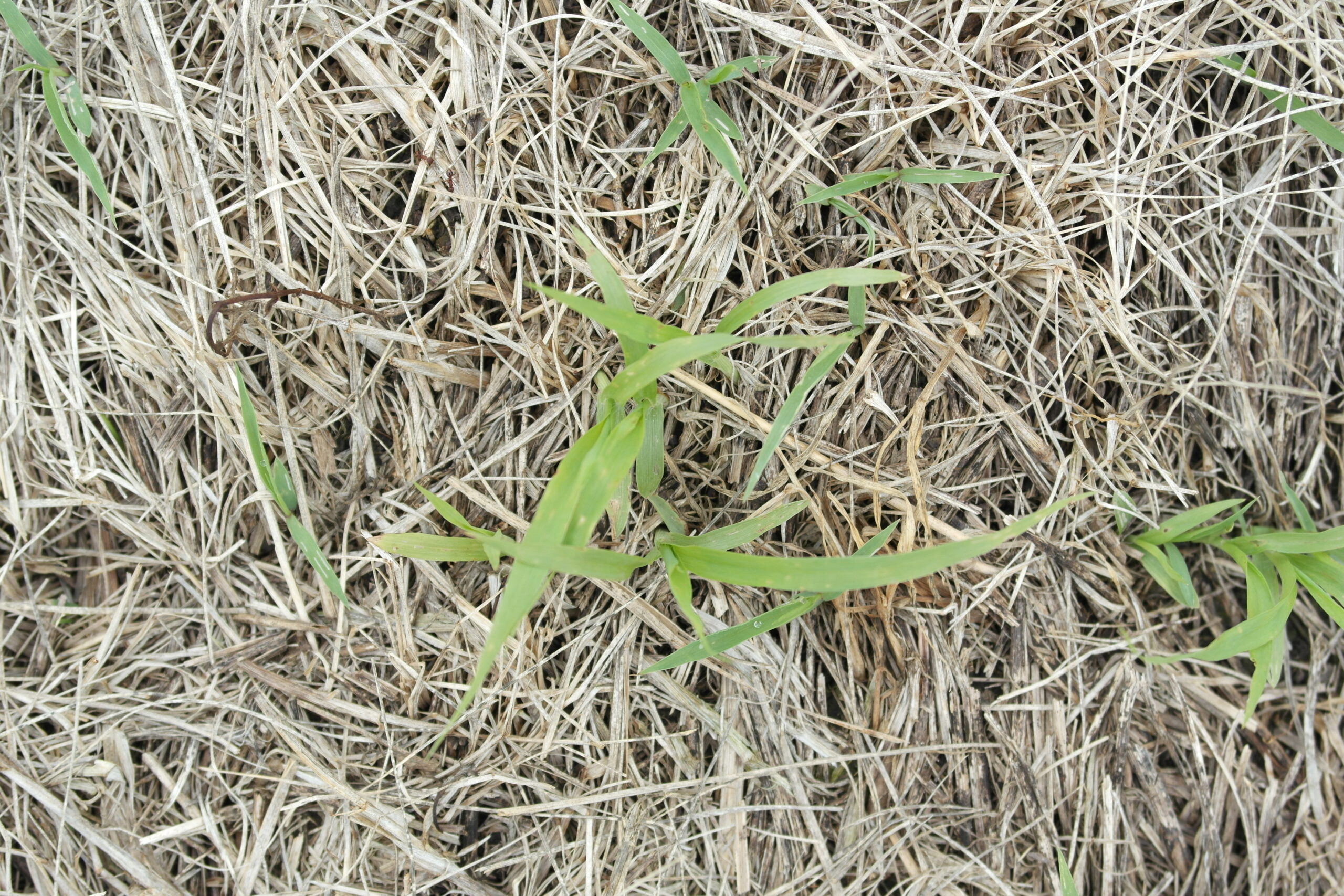Filling the summer forage gap

LINNEUS, Mo. — Gaps in summer forages for livestock producers can be challenging. University of Missouri Extension agronomy field specialist Valerie Tate in Linn County shares management solutions, including planting warm-season annual forages such as pearl millet and sorghum-sudangrass, to fill a void in summer forage production or when renovating forage stands.
“When moisture and soil nutrients are readily available, sorghum-sudangrass and pearl millet can produce up to 6 tons of forage per acre during the growing season,” Tate said in a press release.
Crops such as foxtail millet, Japanese millet or improved crabgrass can also be used but are not as productive, she said.
When to plant
Plant sorghum-sudangrass in mid-May to late June when soil temperatures reach 60 degrees. Drill sorghum-sudangrass at a rate of 20-25 pounds per acre, or broadcast it at a rate of 30-35 pounds per acre. For successful establishment, plant at a depth of ½ to 1 inch into a firm tilled seedbed, or control weeds with a burndown herbicide when using no-till. Drill pearl millet at a depth of ¾ to 1 inch deep at a rate of 15 pounds per acre or broadcast at a rate of 20-30 pounds per acre in mid-May through mid-June. Sorghum-sudangrass prefers a soil pH above 5.5. Pearl millet is more tolerant of acidic soils than sorghum-sudangrass.
How to maintain
The key to maintaining high-quality summer annual forage throughout the growing season is to keep the plants from becoming too mature. The first harvest can occur 45 to 60 days after planting. Harvest or graze sorghum-sudangrass and pearl millet when the plants reach 24 to 36 inches in height, leaving a 10-inch stubble to promote regrowth. If the plants are allowed to grow beyond 36 inches in height, forage quality drops dramatically. To maximize production, apply 60 pounds of nitrogen fertilizer at establishment and 40 to 60 pounds after each harvest.
Careful with grazing
Use caution when harvesting or grazing summer annual forages during periods of prolonged drought since nitrates can accumulate in the lower stems, resulting in nitrate poisoning. To minimize the risk of nitrate poisoning when conditions are dry and forage growth is slow, delay additional applications of nitrogen fertilizer until adequate moisture is available for rapid plant growth.
Prussic acid poisoning is also a concern with sorghum-sudangrass following frost injury or drought stress. Do not graze sorghum species before they reach 24 inches in height, and do not graze plants for 14 days after they have been stressed or damaged by drought, frost or hail.
Making bales
It can be difficult to get the coarse stems of sorghums and millets to the 18% dry matter necessary to prevent spoilage of dry hay. Making baleage by wrapping bales with plastic at a high moisture content is an alternative. Forage is mowed and allowed to wilt to 45% to 60% moisture. This may take 6-24 hours, depending upon the crop, yield, swath density and weather. After it is baled, it should be wrapped in plastic within four hours, if possible. The bales will undergo the ensiling process, which might take up to six weeks.
The keys to making high-quality baleage are:
- Make tight, dense bales to eliminate as much oxygen as possible.
- Make wet bales smaller than dry hay bales for ease of handling.
- Use plastic twine or net wrap rather than treated sisal twine, which can break down the plastic.
- Wrap with six layers of 1-mil white plastic.
- Store bales in a well-drained area near where they will be fed.
- Repair tears in the plastic with silage tape to avoid spoilage.
Related MU Extension guides
- “Warm-Season Annual Forage Crops,” https://extension.missouri.edu/publications/g4661
- “Growing Millets for Grain, Forage and Cover Crop Use,” https://extension.missouri.edu/publications/g4164
Miss Clipping Out Stories to Save for Later?
Click the Purchase Story button below to order a print of this story. We will print it for you on matte photo paper to keep forever.

